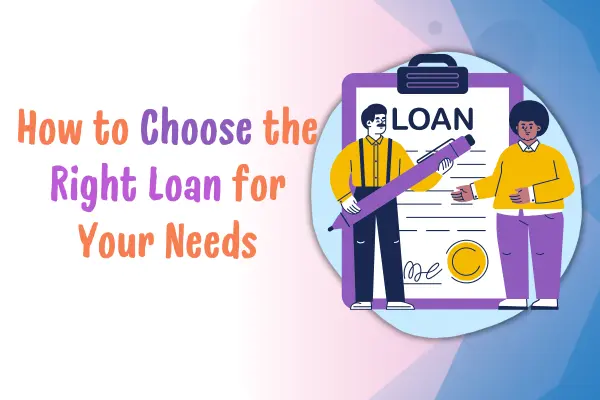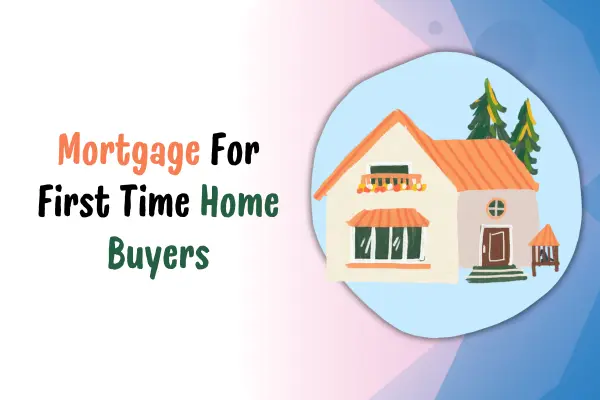When I first started house hunting, I was more excited about picking curtains than comparing mortgage rates. But very quickly, I realized that understanding the different types of mortgage loans was just as important — if not more — than choosing the perfect paint color for the walls.
If you’re feeling overwhelmed by terms like FHA, ARM, or jumbo loan, don’t worry. In this post, I’ll walk you through the main types of mortgage loans based on what I learned during my own home-buying journey — in plain English.
🏠 Fixed-Rate Mortgage
This is the most popular and straightforward mortgage option. A fixed-rate mortgage means your interest rate stays the same throughout the life of the loan.
Common terms: 15, 20, or 30 years
Best for: People planning to stay in their home for a long time
✅ Pros:
- Predictable monthly payments
- Long-term budget stability
- Protection from rising interest rates
❌ Cons:
- Higher initial interest rates than ARMs
- Less flexibility if rates drop unless you refinance
💡 Related read: How to Save for a Down Payment on a House
🔄 Adjustable-Rate Mortgage (ARM)
An adjustable-rate mortgage starts with a lower interest rate than a fixed-rate loan, but that rate changes after a set period. For example, a 5/1 ARM has a fixed rate for five years, then adjusts annually.
Best for: Buyers planning to move or refinance within a few years
✅ Pros:
- Lower initial rates
- Potential to save in the short term
❌ Cons:
- Unpredictable future payments
- Risk of significantly higher rates later
🏡 FHA Loan (Federal Housing Administration)
This was a game-changer for me when I realized I didn’t need a 20% down payment to buy a home. FHA loans are ideal for first-time buyers or those with lower credit scores.
Minimum down payment: 3.5%
Credit requirement: 580+
✅ Pros:
- Low down payment
- Easier credit requirements
❌ Cons:
- Mortgage insurance required (sometimes for the full loan term)
- Loan limits vary by area
💡 Pro tip: Check if your area qualifies for higher FHA loan limits.
🎖️ VA Loan (Veterans Affairs)
If you or your spouse served in the military, this is one of the most powerful home loan options available. VA loans come with no down payment and no private mortgage insurance.
Best for: Veterans, active-duty members, and eligible surviving spouses
✅ Pros:
- No down payment
- No PMI
- Competitive interest rates
❌ Cons:
- Must meet eligibility requirements
- Property must pass VA appraisal
💬 If you’re eligible for a VA loan, this should be your first stop.
🌾 USDA Loan (United States Department of Agriculture)
A lesser-known but amazing option for homes in rural or suburban areas. USDA loans help low- to moderate-income buyers buy homes without a down payment.
Best for: Buyers in eligible rural areas with moderate income
✅ Pros:
- No down payment
- Lower mortgage insurance
- Low interest rates
❌ Cons:
- Geographic and income restrictions
- Longer approval times
🔍 Check USDA eligibility maps to see if your area qualifies.
💰 Jumbo Loan
Planning to buy a high-value home? If your home price exceeds the conforming loan limit ($766,550 in 2025 for most areas), you’ll need a jumbo loan.
Best for: Buyers in expensive housing markets
✅ Pros:
- Lets you finance luxury or high-cost properties
- Often competitive rates for well-qualified buyers
❌ Cons:
- Requires strong credit and income
- Larger down payments (10–20%)
🧭 Which Mortgage Loan Should You Choose?
Here’s what helped me: I sat down with a mortgage broker who took the time to explain each option. After comparing my:
- Credit score
- Monthly income
- Down payment ability
- Long-term plans
…I decided on a 30-year fixed-rate mortgage. It offered the predictability I needed as a first-time homeowner.
✅ Quick Comparison Table
| Loan Type | Down Payment | Credit Score | Best For |
|---|---|---|---|
| Fixed-Rate | 5–20% | 620+ | Long-term stability |
| ARM | 5–20% | 620+ | Short-term ownership |
| FHA | 3.5% | 580+ | First-time buyers |
| VA | 0% | Flexible | Veterans and active-duty |
| USDA | 0% | 640+ | Rural/suburban buyers |
| Jumbo | 10–20% | 700+ | High-cost market home buyers |
🔄 Can You Switch Mortgage Types Later?
Yes! You can always refinance your loan later. For example:
- Switch from an ARM to a fixed-rate mortgage
- Refinance your FHA loan to a conventional loan to eliminate mortgage insurance
Just remember that refinancing comes with closing costs and approval requirements.
🙋 FAQs
Q: How much should I save for a down payment?
It depends on the loan type. FHA loans require as little as 3.5%, while VA and USDA loans require none.
Q: Can I get a mortgage with a low credit score?
Yes! FHA loans accept credit scores as low as 580. Some lenders even allow lower with a higher down payment.
Q: Do I need mortgage insurance?
Most loans with less than 20% down require mortgage insurance — except VA loans.
💬 Final Thoughts
Buying a home is a huge milestone, and choosing the right mortgage is a big part of that journey. Whether you go for a fixed-rate mortgage like I did, or an FHA loan to help you get started, the key is understanding what fits your financial situation.
Take your time, ask your lender every question under the sun, and remember — there’s no one-size-fits-all answer.
👉 Ready to start budgeting for your dream home?
Check out our free mortgage calculator tool to estimate your monthly payments!
If you found this guide helpful, don’t forget to share it with a fellow homebuyer or drop a comment below with your thoughts.

